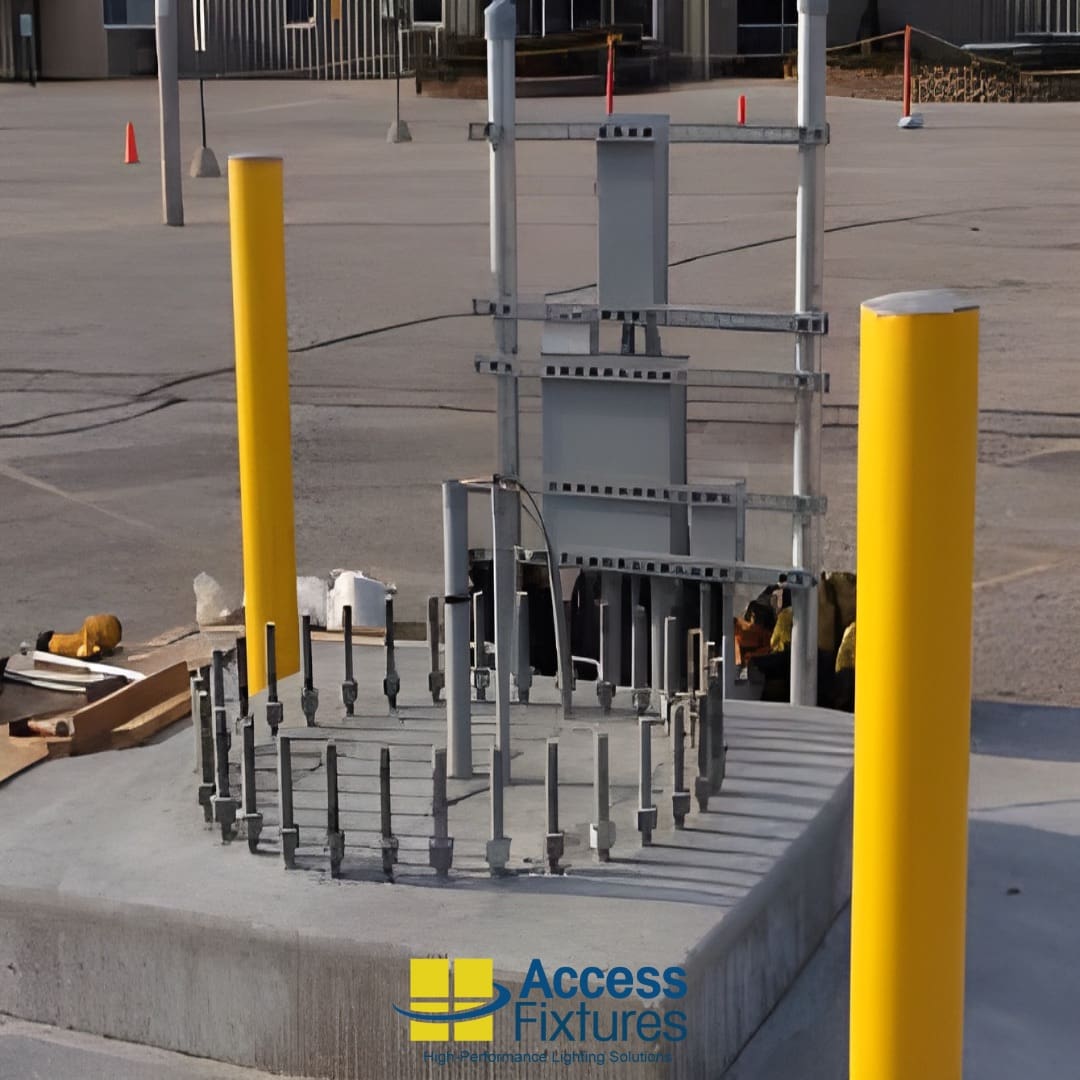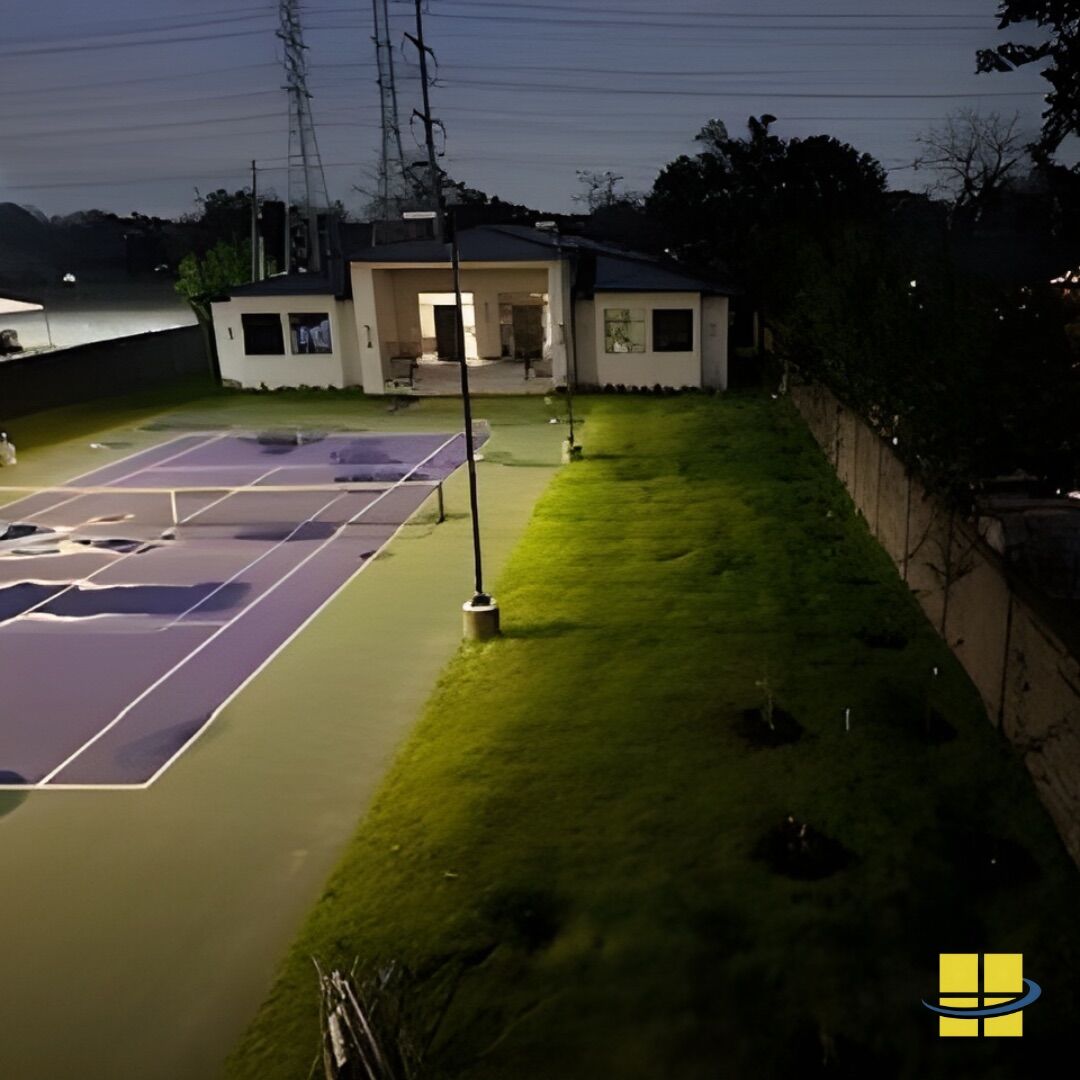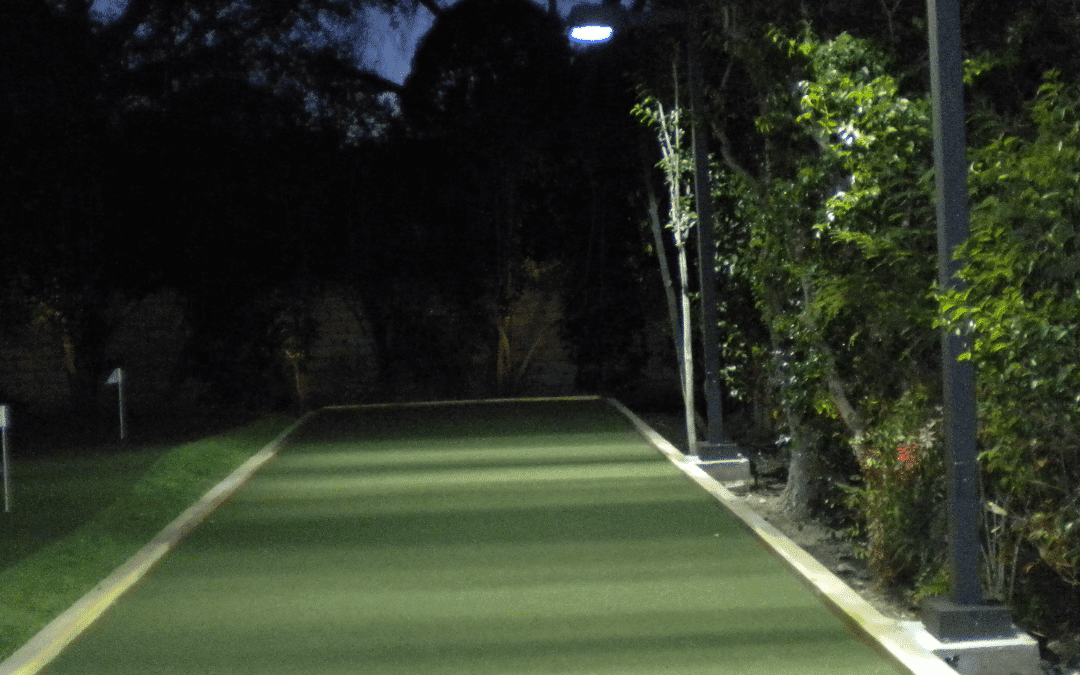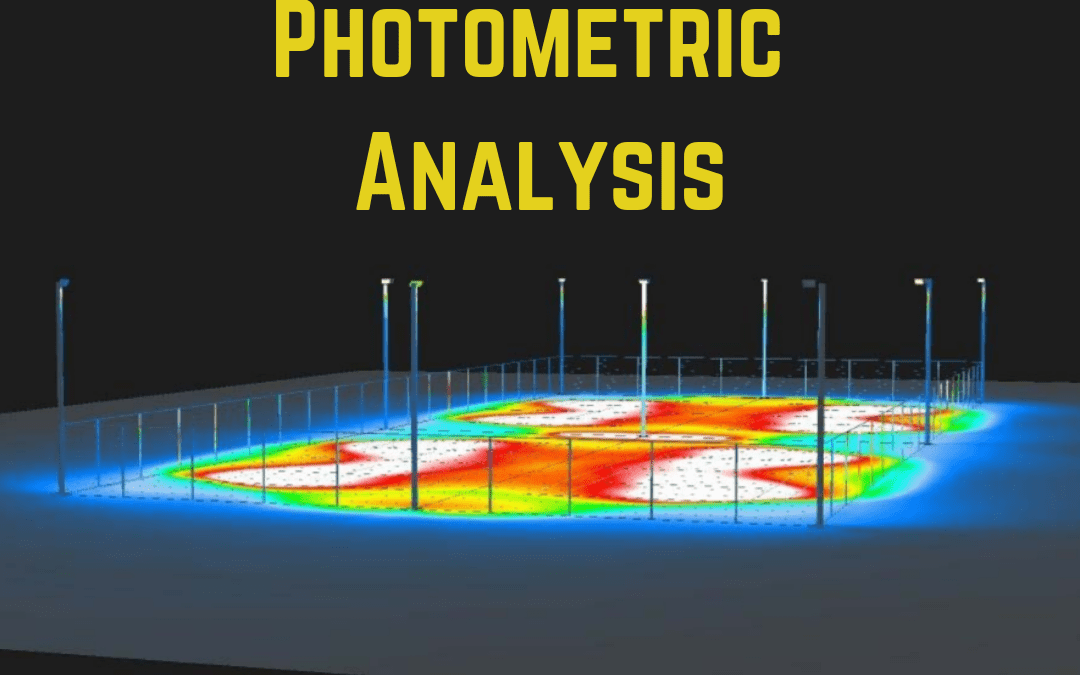In this episode of Ask A Lighting Specialist, someone wonders about the connection between pole height and light optics. A person had purchased lighting for his tennis court and installed it on his property. A photometric analysis was conducted prior to the purchase and installation of the light fixtures, but a problem came up involving glare from the light fixtures shining over a fence. Naturally, this person’ first instinct was to have the poles cut shorter. An Access Fixtures lighting specialist weighs in on why this would be a terrible idea, with a real-life example.

Q: Does Pole Height Affect Optics and Light Distribution?
I recently built a tennis court in my backyard. I’ve purchased four steel poles and the accompanying LED fixtures for the project and had it all professionally installed last week. My neighbors have already complained that they can see the glare from the lights over my fence and that it’s really bothering them. I offered to just cut the poles a few feet shorter so they can’t see the light. Will doing this affect the lighting on my court?
A: Yes! Please do not make this mistake! Cutting your poles shorter will probably ruin the lighting on your court. Here’s why.
Assuming you requested a photometric analysis for your tennis court project, deviating from the original plan can produce unwanted results. Photometric analyses are meant to determine the best pole height to project the proper amount of light on your tennis court without hot spots or dark zones. Photometric analysis takes into account all the factors that create a perfect lighting solution including pole height, number of fixtures, fixture optics, and wattage.
A recent example of someone cutting their poles shorter than recommended resulted in streaky, undesirable lighting. A bocce court lighting customer decided that his 16′ poles were too high so he had them cut down to 12′. Even four feet made a huge difference in how the optics looked. The two photos to the right of the bocce court and two HID fixtures show stripes of light unevenly distributed over the court. In a game like bocce ball where even lighting is a paramount concern, this is obviously not ideal. Ultimately, our customer’s photometric analysis called for 16′ poles for a reason.
All of these factors must be considered when lighting a tennis court, bocce ball court, parking lot, or other area. In order to receive the best possible lighting, request a photometric analysis for your lighting project, and then stick with the pole height recommended to you by your lighting specialists.
Overall, a better solution would be to request backlight shields for your fixtures. Backlight shields prevent glare and keep the light aimed directly at the tennis court where it’s supposed to go. Contact an Access Fixtures lighting specialist if you have questions about shielding your LED sports lightt fixtures or any other lighting-related questions.

Indoor Basketball Court Lighting – Home Court Solutions | Philadelphia
Indoor basketball court lighting was achieved for a homeowner in Philadelphia, Pennsylvania using four APTA 200 LED surface mount fixtures.

How to Install a Light Pole : Bolt Down Steel Poles vs. Direct Burial Composite Poles
How to Install a Light Pole: Bolt Down Steel vs. Direct Burial Composite Poles, their advantages, disadvantages, and where typically used.

LED Lights For Tennis Court in Texas
This project involved dark sky compliant LED lights for tennis court lighting solutions for a recreational tennis court in Texas.


